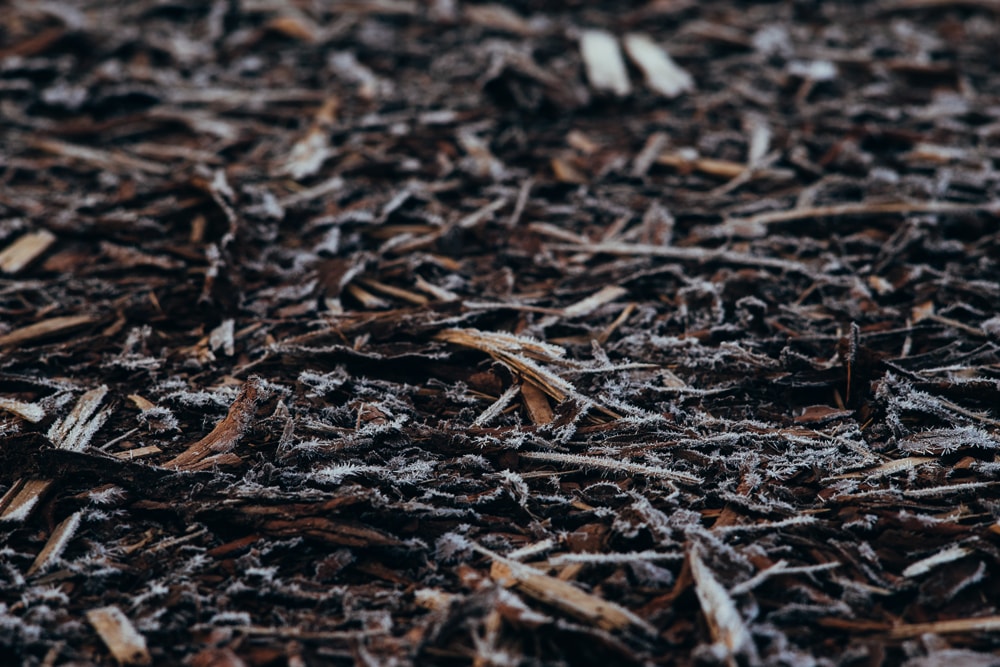
A seasoned gardener knows how effective mulch is at maintaining a happy and healthy garden. It retains soil moisture, limits water evaporation, and prevents soil compaction to allow plant roots to penetrate the soil easily. Best of all, mulch provides a wealth of organic compounds that help nourish plants (assuming you’re using organic mulches).
Mulch also improves the overall aesthetics of your garden at an affordable cost, so there aren’t many reasons to not use them. However, there is one important thing to consider when using mulch and that is fire safety. Storing mulch incorrectly can cause it to combust spontaneously and turn into a serious fire hazard. This makes it extremely important to not only store but also monitor the condition of the mulch to eliminate the risk of mulch fires.
In this article, we’ll be discussing everything you need to know about mulch and fire safety to keep your home safe from unwanted fires.

How mulch fires start
There are plenty of factors that contribute to a mulch fire and knowing what these are can help you lower the risk of fire hazards. Some of the most common causes of mulch fires are:
- In many mulch fires, the smouldering mulch tunnels under the surface and then breaks out into open flames.
- Mulch that is piled too deeply (up to 10cm and above) can build up heat and spontaneously catch fire.
- Factors such as below-average rainfall, extremely dry conditions, warm temperatures, and high winds increase the risk of mulch fires.
- Disposing cigarettes irresponsibly in and around mulch can cause it to catch fire.
Steps to avoid mulch fires
Thankfully, mulch fires can be avoided in just three steps. Follow these tips for proper mulch use and storage.
- 1. Choose a mulch variety that’s less flammable
Some mulch varieties are 100% safe in the case of a fire while others can combust into roaring flames. For instance, gravel or crushed rock is unlikely to catch fire unless you throw it into a volcano, but pine straw or shredded cedar mulches may combust simply from an incandescent bulb. Some mulches like rubber tires may seem fire-safe at first, but they are actually flammable and burn at hotter temperatures than other mulches.
Composted wood chips are a safe bet. They are the most fire-resistant of the mulch varieties and are favoured by landscapers and tree-care professionals as they cost much less than comparable mulch types. Before you buy mulch, take the time to research its ignitability (the tendency of stored mulch to catch fire) to make sure it doesn’t pose significant fire hazards.
- 2. Store and monitor mulch properly
Once you’ve chosen the right mulch variety, it should be in your best interest to store it in a sensible manner. Large piles of mulch can spontaneously combust due to heat buildup which makes it extremely important to monitor them on a regular basis. Storing mulch properly generally means limiting the height of the pile as much as is possible and placing it in an area that’s away from direct sunlight. This will reduce the amount of heat buildup inside the pile and prevent the rapid evaporation that sun exposure can cause.
It’s also a good idea to store large quantities of mulch in a dedicated storage area that’s far from your home to mitigate the damage in case a fire occurs. Once you’ve piled the mulch in a safe place, you must check it frequently to ensure it isn’t smouldering or showing signs of doing so. Many professionals do this by using a temperature probe to look for hotspots in the mulch pile. If you find that some portions of the pile are becoming too hot, you’ll need to reduce the height of the pile and allow for ample ventilation inside your storage area.
Keeping the mulch pile moist is one way to limit heat buildup. Many authorities suggest keeping the moisture level at 50% to prevent combustion. You can do this by using a spray bottle and spraying a light mist over the pile to keep it moist. You can also turn the pile frequently to allow the heat to dissipate.
- 3. Spreading the mulch
Knowing how to spread mulch is just as important as knowing how to store them. It is important to spread mulch in a relatively thin layer around the base of the plants to limit heat buildup. Typically, a 2- to 10-centimetre-thick layer is ideal for most applications which are, fortunately, an appropriate quantity from the plant’s point of view as well. You’ll also want to avoid using flammable mulches near your home or driveway (although gravel and other inorganic materials are acceptable). Talk to your local mulch supplier if you need further information on this.
Additionally, dead plants can also combust easily which is why you want to remove them as promptly as possible. Make sure to remove any mulch organic mulch surrounding them as it can easily spread the flames and cause more damage to your property.
